On 22 August 2025, the National Technical University «Kharkiv Polytechnic Institute» held a grand opening ceremony for the «50th Parallel» monument. This symbolic place connects Kharkiv and NTU «KhPI» with cities in Ukraine, Canada, Great Britain, France, Belgium, Germany, the Czech Republic, Poland, Kazakhstan, and many other countries around the world. The architectural structure is a stele on which a globe «spins», with color photographs of NTU «KhPI» buildings on glass on either side. The monument, weighing about three tons, is made of a solid block of labradorite stone and is installed near the Electrical Engineering Building of NTU «KhPI», where the 50th parallel of northern latitude passes. The festive event was attended by representatives of the rectorate, the Supervisory Board, and employees of the Kharkiv Polytechnic Institute, as well as the leadership of Kharkiv. The event was dedicated to the Day of the Hero City of Kharkiv and the 140th anniversary of the NTU «Kharkiv Polytechnic Institute», which will be celebrated this autumn.
In his welcoming speech, the rector of NTU «KhPI», Professor Yevgen Sokol, noted that the installation of the «50th Parallel» monument at the university was a landmark event dedicated to the 140th anniversary of Kharkiv Polytechnic. «This small square near our famous Electrical Engineering Building has become a symbolic place that unites the National Technical University «Kharkiv Polytechnic Institute» with cities in Ukraine, Canada, Great Britain, France, Belgium, Germany, the Czech Republic, Poland, Kazakhstan, and many other countries around the world. The 50th Parallel, which connects Kharkiv and Kharkiv Polytechnic with the whole world, passes not only through our globe, but also through our hearts. We are proud of the large number of international agreements — over 200 — that enable our university to cooperate effectively at the global level. It is especially important today that online education provides a solid theoretical foundation, but there are difficulties with the practical application of knowledge. That is why we are creating new opportunities: we have signed 16 double degree agreements and 57 Erasmus+ KA1 agreements, which allow students to intern at leading European universities, combining theoretical training with practical skills. On the eve of Day of the City, we are proud of the opportunity to make a significant contribution to the development of Kharkiv and once again confirm that our city is global and rightfully ranks among the best cities in the world,» the Rector emphasized.
The scale and significance of this project for Kharkiv and NTU «KhPI» was noted in his speech by Kharkiv Mayor Igor Terekhov: «It is very symbolic that within the walls of such an educational institution, which embodies the city of Kharkiv — our NTU «KhPI» — a commemorative sign has appeared that will become a real landmark of the city. Today is a special day, because we have gathered on the eve of great holidays — Kharkiv City Day and Ukraine’s Independence Day. This is a time when we feel pride in our city, our university, and everyone who shapes its present and future. I sincerely hope that we will continue to celebrate such events, and I believe that next year’s celebration will be completely different — in a peaceful, calm atmosphere, without alarms and fear. I am confident that we will definitely achieve a just peace, that our city has always been and will remain a student city, and that NTU «KhPI» will remain the heart of student life. I want Kharkiv, located on the 50th parallel, to become a city of unity — of science, education, industry, production, and entrepreneurship. I want it to inspire new achievements and open new horizons for all of us. And I dream that we will celebrate the next festivities together here, near this memorial sign, in a peaceful, joyful city, with lots of students, laughter, and a festive mood. Thank you for your work, your dedication, and your love for our university. I am proud of you. And I congratulate everyone on the holiday!»
Volodymyr Semynozhenko, member of the Supervisory Board and head of the North-Eastern Scientific Center of the National Academy of Sciences of Ukraine, congratulated the Kharkiv Polytechnic Institute on the creation of the new monument: «Today is truly an extraordinary occasion. We are used to talking about front lines, demarcation lines, and, God willing, lines of reconciliation. But today we are talking about other lines—parallels that can only be imagined geographically. However, they are so significant because they unite and pass through different countries. And countries are not just territories; they are, first and foremost, people. Thus, these lines pass through people and through our current understanding of the world. This symbolic 50th parallel is our sign, our property, our benchmark for ensuring that in the future we will only talk about unity, about lines that bring us closer together and bring peace. Therefore, I sincerely congratulate everyone on this unique event, and let us count the days from today until the moment when everything we have said today comes true,» said Volodymyr Semynozhenko.
Speeches were also given by Volodymyr Sklyarov, Director General of the National Scientific Center «Institute of Metrology,» and Ruslan Poedinets, sculptor and author of the «50th Parallel» monument.
It should be noted that the exact location of the 50th Parallel on the territory of Kharkiv Polytechnic Institute was determined by experts from the scientific center of the state enterprise «Kharkivstandartmetrologiya.» NTU «KhPI» received the corresponding certificate in 2023.
Note:
The monument «50th Parallel» on the territory of NTU «KhPI» is made of a solid block of labradorite stone from the Korostyshiv quarry in Zhytomyr region. The stele, decorated with colour photographs on glass depicting views of Kharkiv Polytechnic, measures 900x900x900 mm. The diameter of the globe installed on the stele is 800 mm. The total weight of the architectural structure is about 3 tons. The monument was financed by the NTU «KhPI» Alumni Association.
The architect of the memorial sign is Ruslan Poedinets, a native of Kharkiv and founder of the company BAZA STONE. The company that implemented this project has more than ten years of experience in stone processing. It has completed more than 100 successful projects of varying complexity in Kharkiv and other locations.
The architect of the memorial sign is Ruslan Poedinets, a native of Kharkiv and founder of the company «BAZA STONE». The company that implemented this project has more than ten years of experience in stone processing. It has completed over 100 successful projects of varying complexity in Kharkiv and other locations.
The 50th parallel north is a line of latitude 50 degrees north of the Earth’s equator. It crosses Europe, Asia, the Pacific Ocean, North America, and the Atlantic Ocean. In particular, the parallel passes through Ukraine, Canada, Great Britain, France, Belgium, Germany, the Czech Republic, Poland, Kazakhstan, and many other countries. At this latitude, the Sun is visible for 16 hours and 22 minutes during the summer solstice and 8 hours and 4 minutes on the day of the winter solstice. In 2023, experts from the scientific center SE «Kharkivstandartmetrologiya» determined the exact location of the 50th Parallel north. It is a site near the Electrical Engineering Building of the National Technical University «KhPI». We should note that Kharkiv is considered the largest city in the world located on the 50th Parallel. An original sign was dedicated to this phenomenon and installed in the Shevchenko City Garden in 2010.
The National Technical University «Kharkiv Polytechnic Institute» is one of the leading and largest technical higher education institutions in Ukraine, founded in 1885. Today, NTU «KhPI» consists of 10 educational and scientific institutes and 103 departments, with over 15,000 students enrolled. Kharkiv Polytechnic is among the TOP-5 best universities in Ukraine and ranks high among domestic higher education institutions in prestigious international ratings. In 2010, NTU «KhPI» received the status of a national research university. In 2022, NTU «KhPI»’s unique IT specialist training program «Innovation Campus» won the global «silver» award in the field of education.
In 2025, the National Technical University «Kharkiv Polytechnic Institute» will celebrate its 140th anniversary. It has come a long way from being the first technical higher education institution in eastern Ukraine to one of the best universities in our country and a renowned international scientific and educational center. During this time, Kharkiv Polytech has trained hundreds of thousands of specialists who have changed the country and made a significant contribution to the development of science, industry, education, culture, IT, and the defense industry.
NTU «KhPI» graduates work in leading companies around the world and teach at prestigious universities. Since Ukraine gained independence, 53 NTU «KhPI» scientists have been awarded State Prizes in Science and Technology, and 39 talented researchers from the university have become laureates of the President’s Prizes for Young Scientists. NTU «KhPI» actively implements modern educational formats, expands international cooperation, modernizes infrastructure, and participates in important research projects. The university has cooperation agreements with more than 240 higher education institutions and scientific institutions in more than 40 countries around the world and is a permanent member of prestigious international academic associations. Within the framework of the European Union’s «ERASMUS+» program, NTU «KhPI» implements 57 projects and develops 16 double degree programs with the best foreign universities.




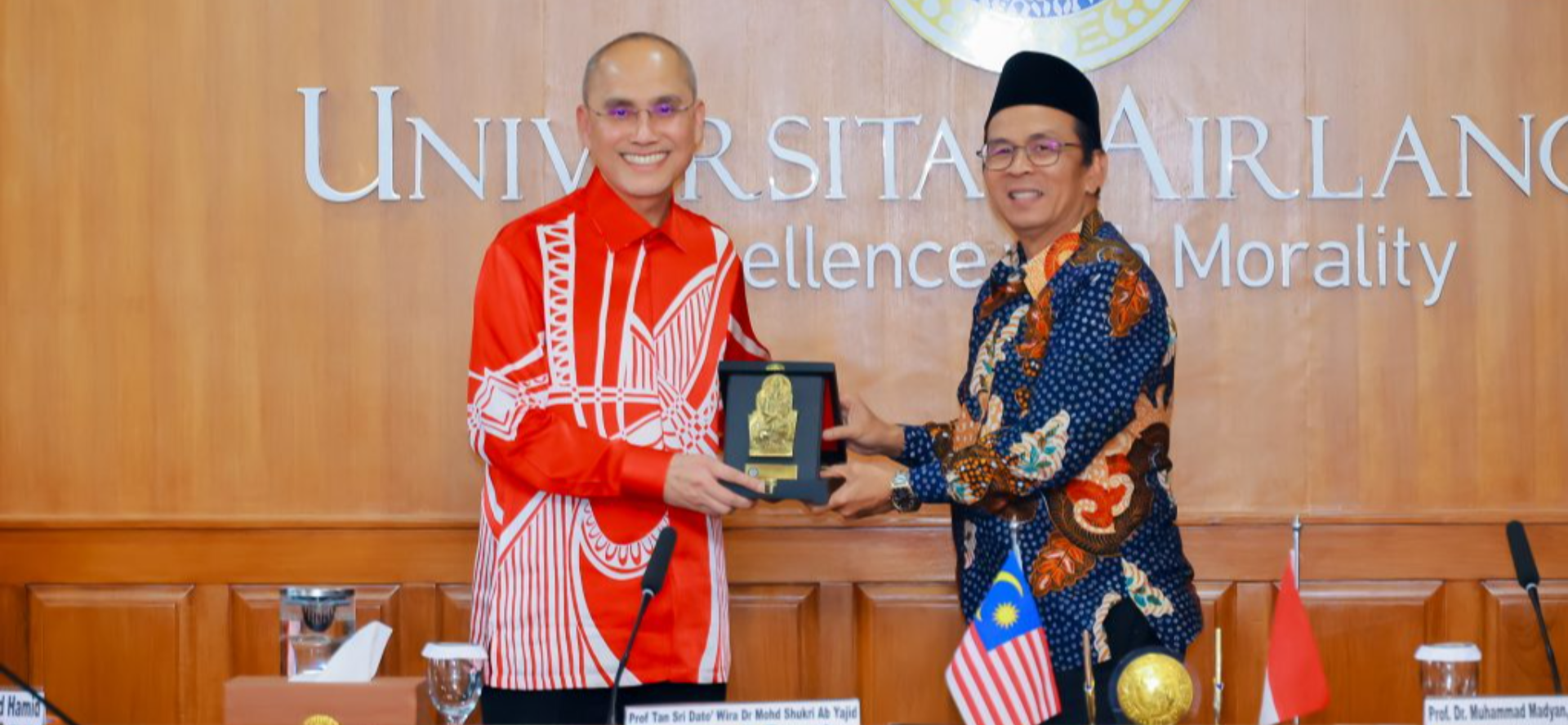

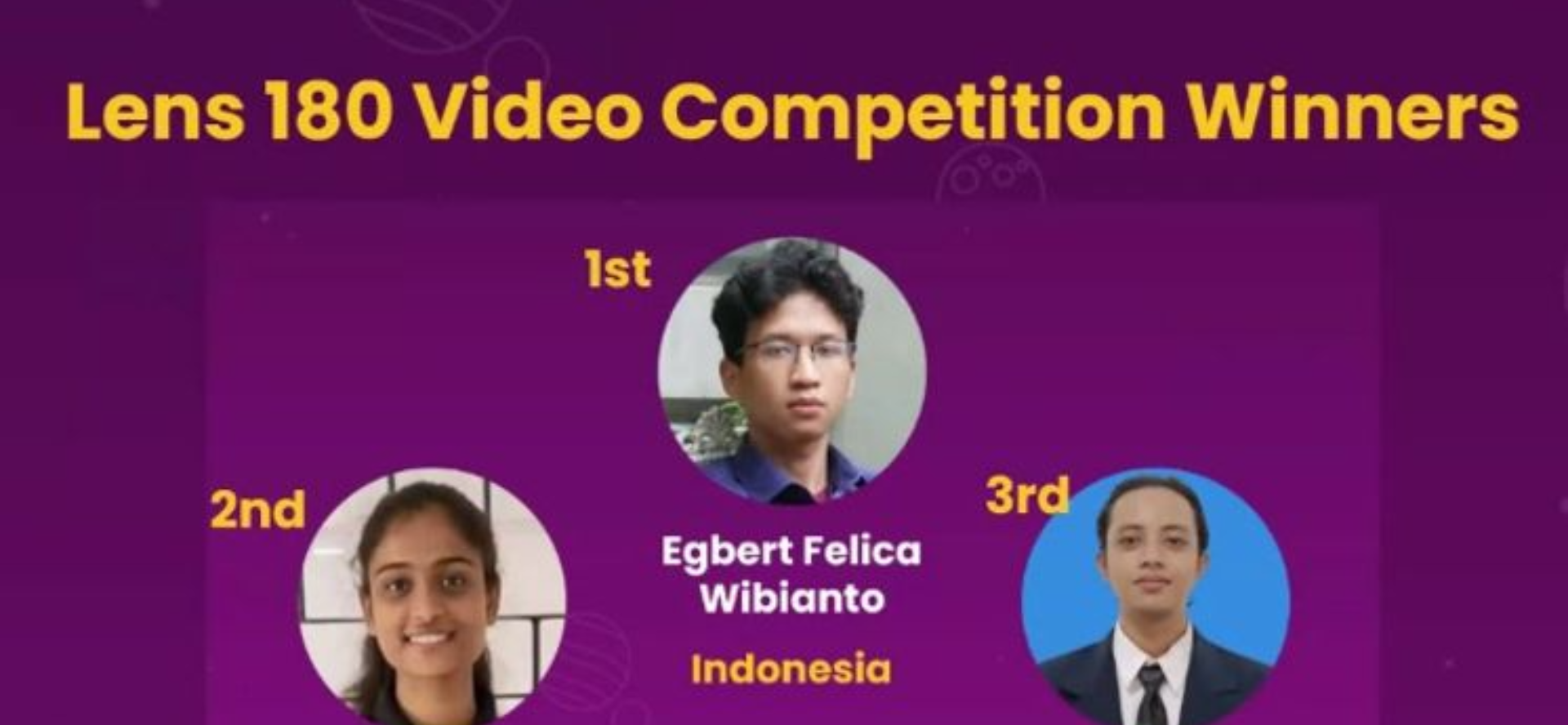

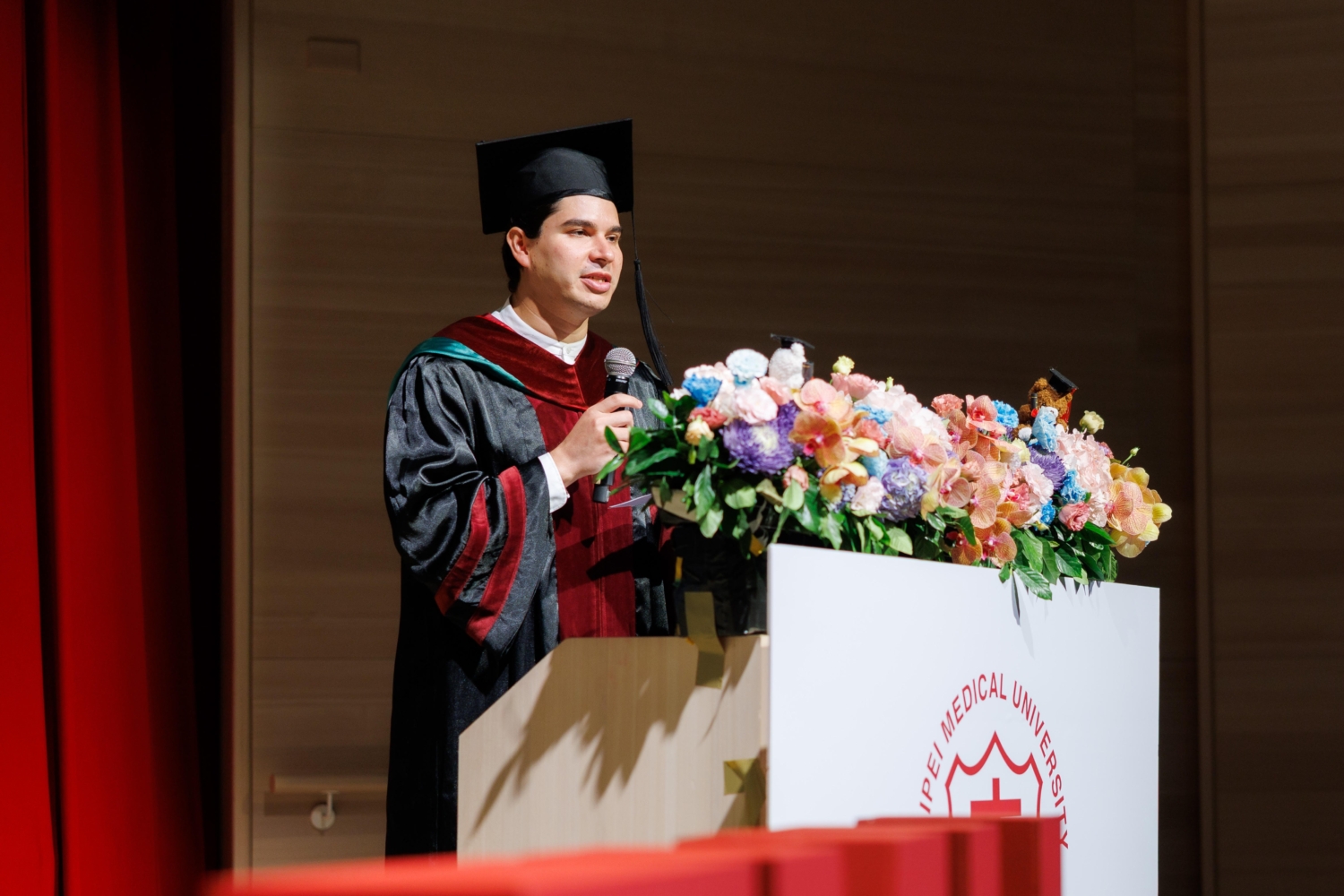
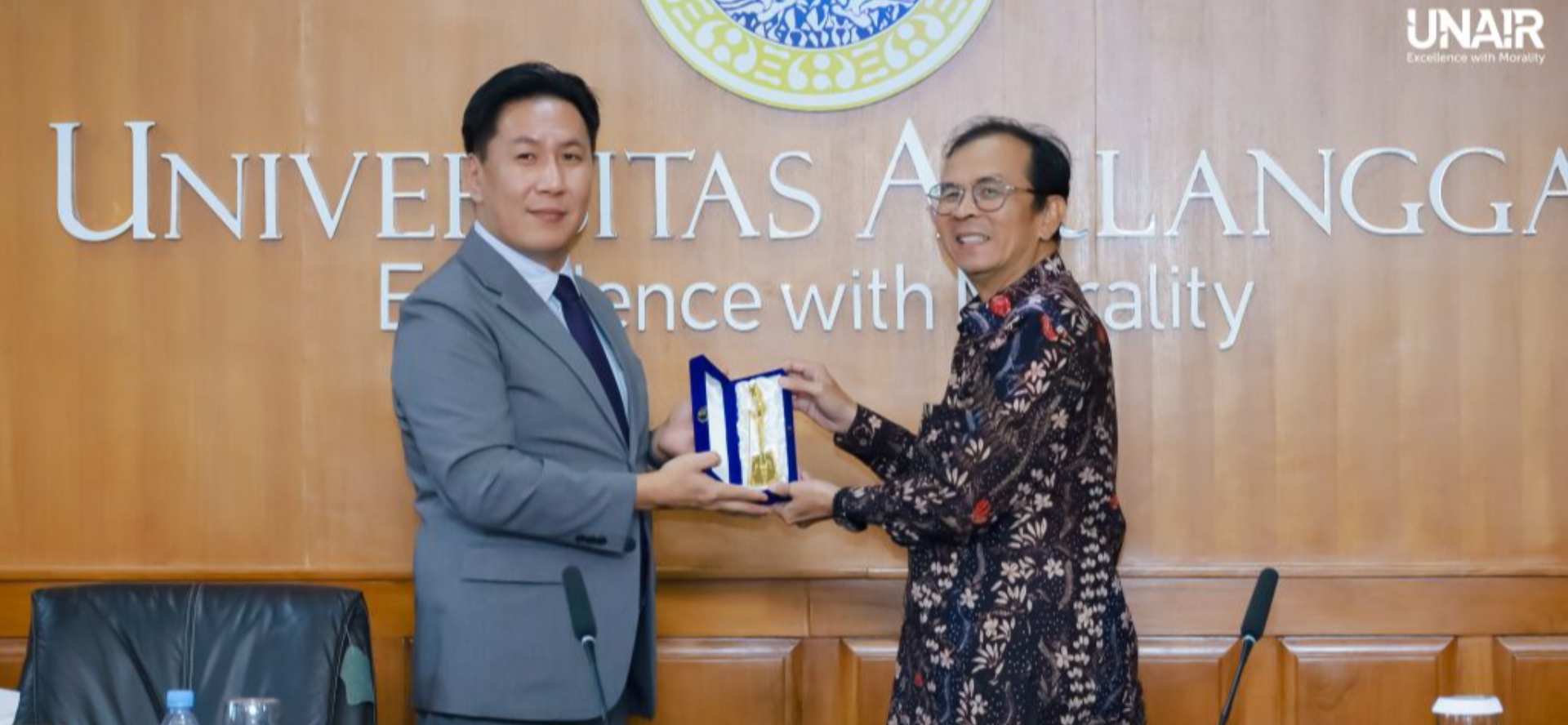
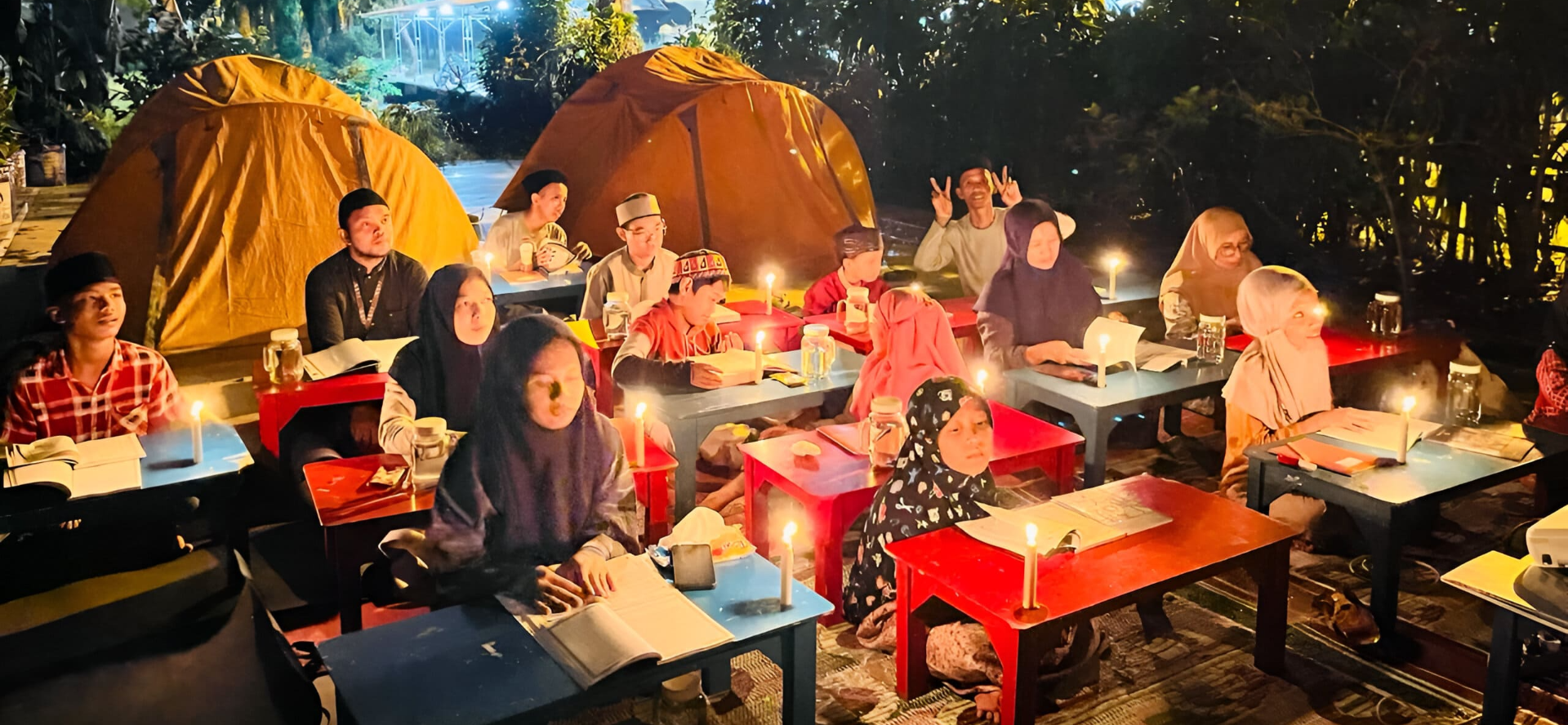
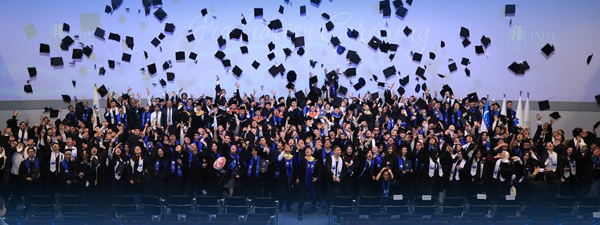

 ▲ Sung Yong-rak, Chair of the Jungseok-Inha Foundation, delivers congratulatory remarks at the 8th IUT Commencement Ceremony.
▲ Sung Yong-rak, Chair of the Jungseok-Inha Foundation, delivers congratulatory remarks at the 8th IUT Commencement Ceremony. ▲ President Myeong Woo Cho delivers a congratulatory address at the 8th IUT Commencement Ceremony.
▲ President Myeong Woo Cho delivers a congratulatory address at the 8th IUT Commencement Ceremony. ▲ National Assembly member Kim Kyo-heung delivers congratulatory remarks at the 8th IUT Commencement Ceremony.
▲ National Assembly member Kim Kyo-heung delivers congratulatory remarks at the 8th IUT Commencement Ceremony.
